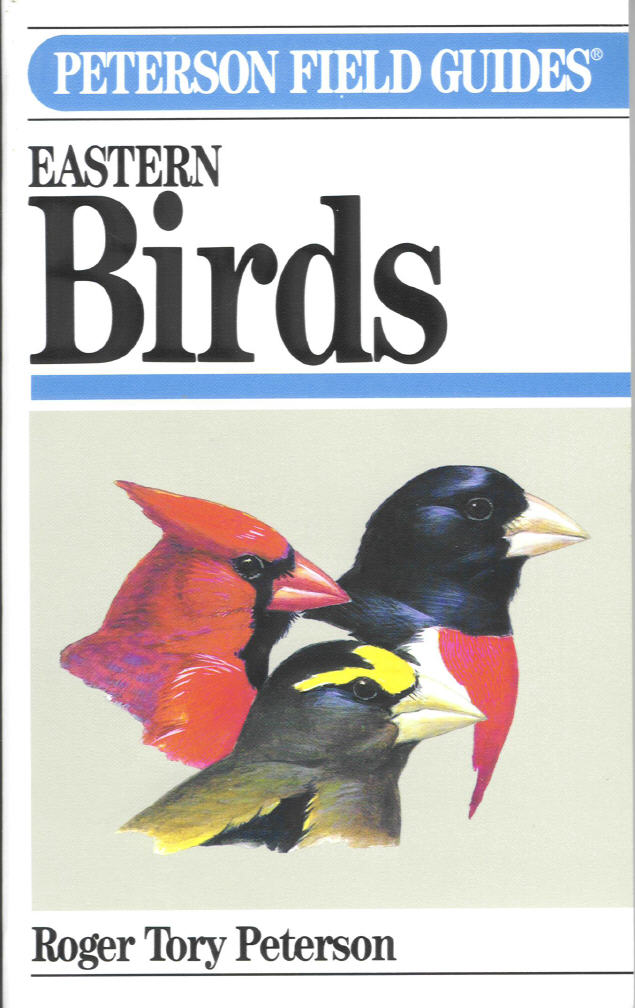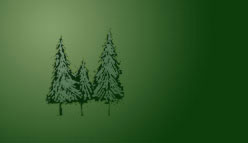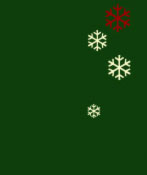|

Your field guide is a small book you carry in your pocket or pack that shows the birds in an area. It points out key
marks to help you tell one bird from another. This requirement makes sure you know how your field guide is organized.
Birds in a field guide are grouped by their families, so that all of the ducks are together, all of the hawks are
together and so on. The families are arranged with the oldest species first and the more recent ones last. This is called
"taxonomic order".
Suppose you see an owl, but might not be sure which species of owl it is. By turning to your field
guide, you can then look through all of the owls in one section to figure out which one you saw.
All field guides
include range maps, to show where different species can be found. Range maps help you eliminate which birds aren't normally
in your area and can probably be ruled out of your puzzle.
You'll have to do this requirement offline. I haven't figured
out how to remotely turn the pages of your field guide yet!
The field guide used most often to get started is Roger
Tory Peterson's. As you get more skilled you may wish to also use the ones by National Geographic and David Sibley.
Peterson's is best to start with as it comes in separate versions for Eastern and Western North America, so you have less
birds to sort through as you're trying to decide which bird you saw.
You'll probably want to buy your own copy
so you mark it with notes, but if you can't, most public libraries have them for loan.
It's best to start with a printed Field Guide, but many of them are now also available as smartphone apps. "Merlin Bird ID"
is a free one from the Cornell Lab of Ornithology
Requirement 5
|




